Porphyromonas gingivalis LPS stimulates autophagy using a TLR mediated pathway.
dc.contributor
Universitat Internacional de Catalunya. Departament d'Odontologia
dc.contributor.author
Blasi Beriain, Ignacio
dc.date.accessioned
2018-01-29T19:19:13Z
dc.date.available
2018-01-29T19:19:13Z
dc.date.issued
2017-09-04
dc.identifier.uri
http://hdl.handle.net/10803/461098
dc.description.abstract
Resum:
Porphyromonas gingivalis often subverts host cell autophagic processes for its own survival. Our previous studies document the association of the cargo sorting protein, melanoregulin (MREG), with its binding partner, the autophagic protein, microtubule-associated protein 1 light chain 3 (LC3) in macrophages incubated with P. gingivalis (strain 33277). Differences in the lipid A moiety of lipopolysaccharide (LPS) affect the virulence of P. gingivalis; penta-acylated LPS1690 is a weak Toll-like receptor 4 agonist compared with Escherichia coli LPS, whereas tetra-acylated LPS1435/1449 acts as an LPS1690 antagonist. To determine how P. gingivalis LPS1690 affects autop- hagy we assessed LC3-dependent and MREG- dependent processes in green fluorescent protein (GFP)-LC3-expressing Saos-2 cells. LPS1690 stimu- lated the formation of very large LC3-positive vac- uoles and MREG puncta. This LPS1690-mediated LC3 lipidation decreased in the presence of LPS1435/1449. When Saos-2 cells were incubated with P. gingivalis the bacteria internalized but did not traffic to GFP-LC3-positive structures. Never- theless, increases in LC3 lipidation and MREG puncta were observed. Collectively, these results suggest that P. gingivalis internalization is not necessary for LC3 lipidation. Primary human gin- gival epithelial cells isolated from patients with periodontitis showed both LC3II and MREG puncta whereas cells from disease-free individu- als exhibited little co-localization of these two pro- teins. These results suggest that the prevalence of a particular LPS moiety may modulate the degradative capacity of host cells, so influencing bacterial survival.
en_US
dc.format.extent
120 p.
en_US
dc.format.mimetype
application/pdf
dc.language.iso
eng
en_US
dc.publisher
Universitat Internacional de Catalunya
dc.rights.license
L'accés als continguts d'aquesta tesi queda condicionat a l'acceptació de les condicions d'ús establertes per la següent llicència Creative Commons: http://creativecommons.org/licenses/by-nc-nd/4.0/
dc.rights.uri
http://creativecommons.org/licenses/by-nc-nd/4.0/
*
dc.source
TDX (Tesis Doctorals en Xarxa)
dc.subject
GFP-LC3
en_US
dc.subject
Human gingival epithelia
en_US
dc.subject
Periodontal pathogens
en_US
dc.subject
Porphyromonas gingivalis LPS1690
en_US
dc.subject
Saos-2 cells
en_US
dc.subject
Toll-like receptor agonist
en_US
dc.subject.other
Odontologia
en_US
dc.title
Porphyromonas gingivalis LPS stimulates autophagy using a TLR mediated pathway.
en_US
dc.type
info:eu-repo/semantics/doctoralThesis
dc.type
info:eu-repo/semantics/publishedVersion
dc.subject.udc
616.3
en_US
dc.contributor.director
Boesze-Battaglia, Kathleen
dc.contributor.director
Puigdollers Pérez, Andreu
dc.embargo.terms
cap
en_US
dc.rights.accessLevel
info:eu-repo/semantics/openAccess
